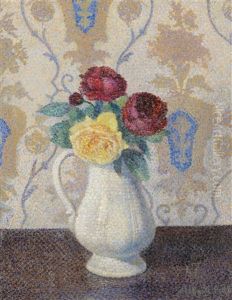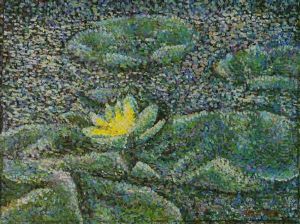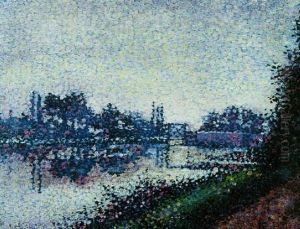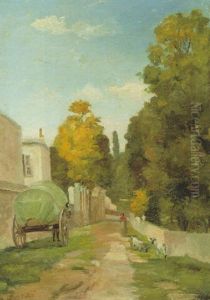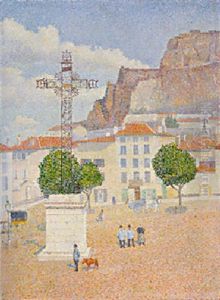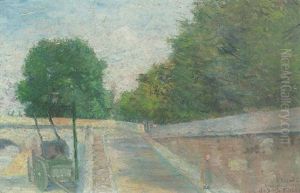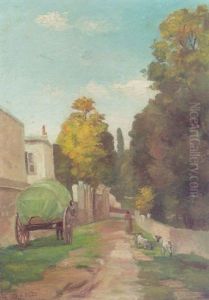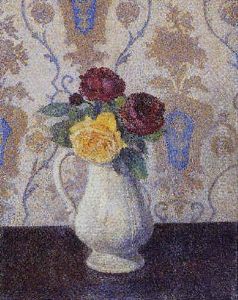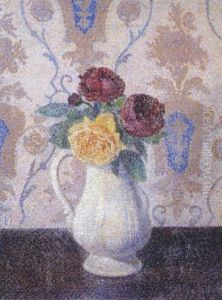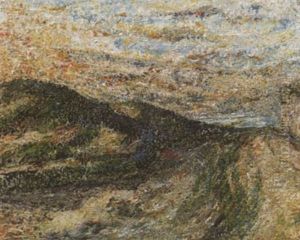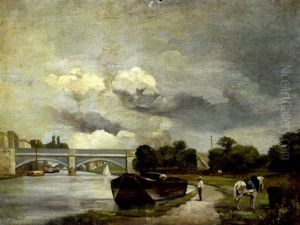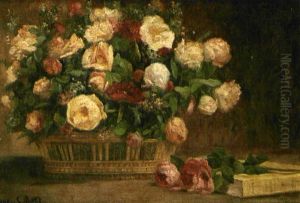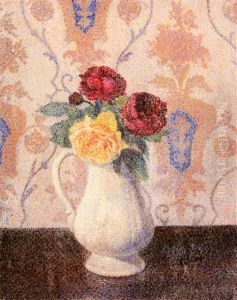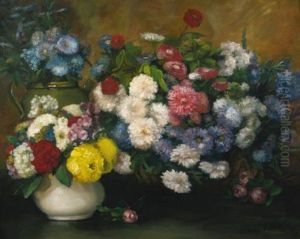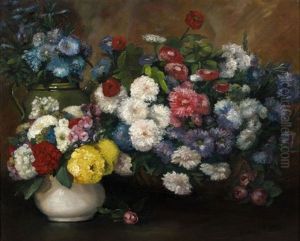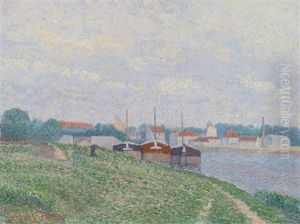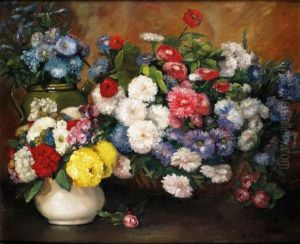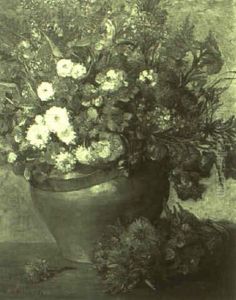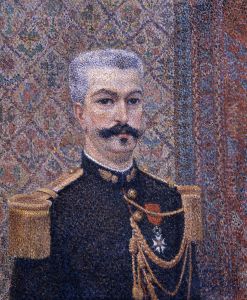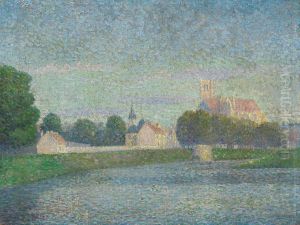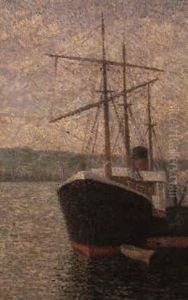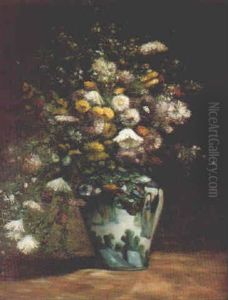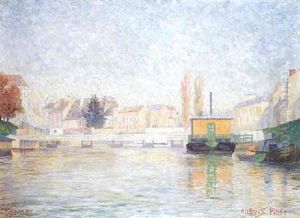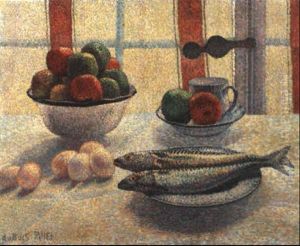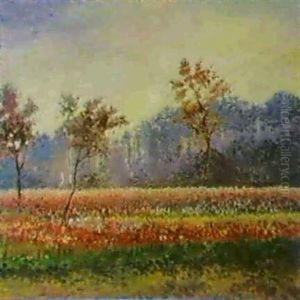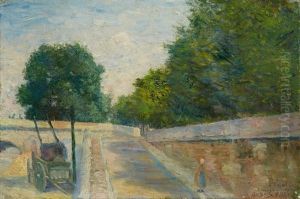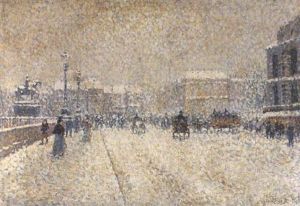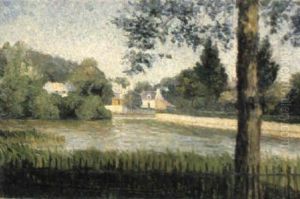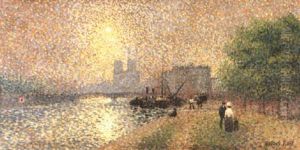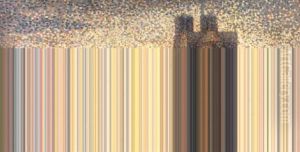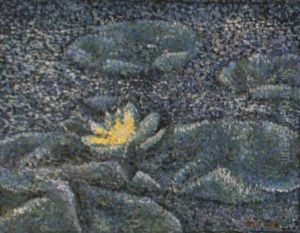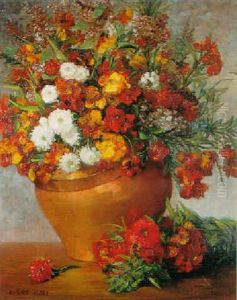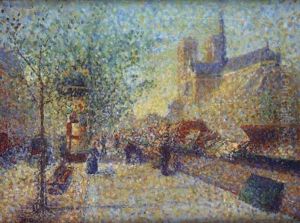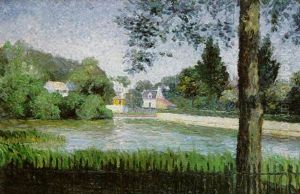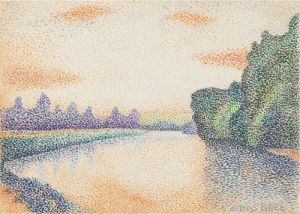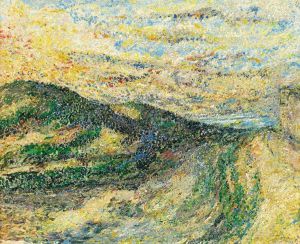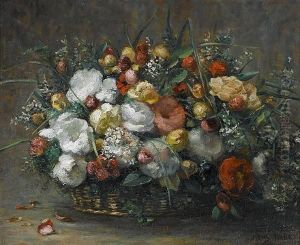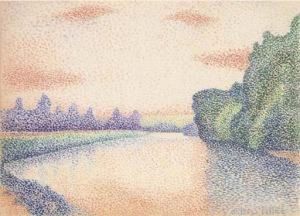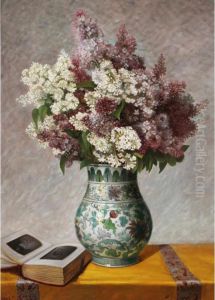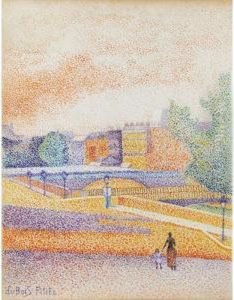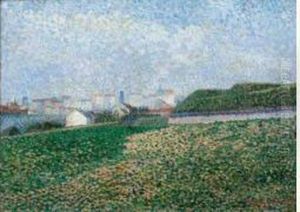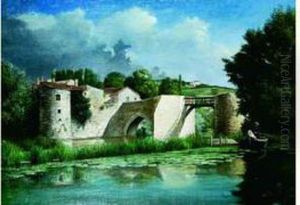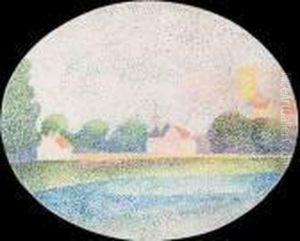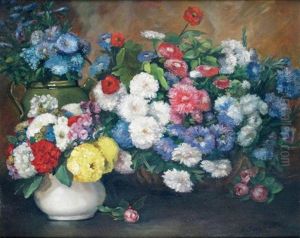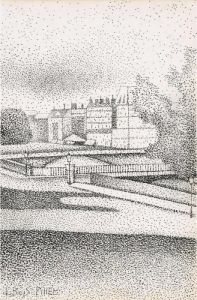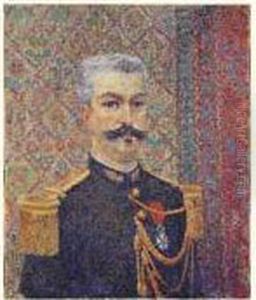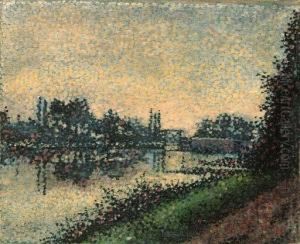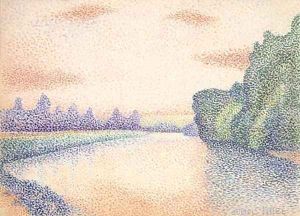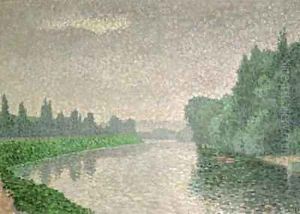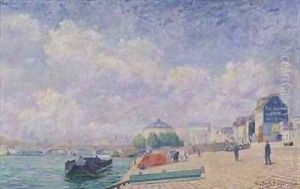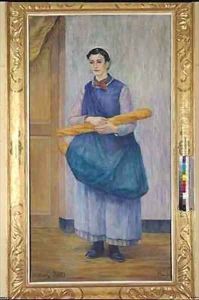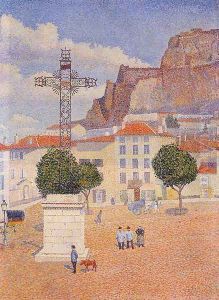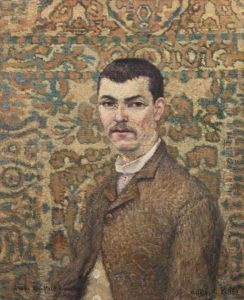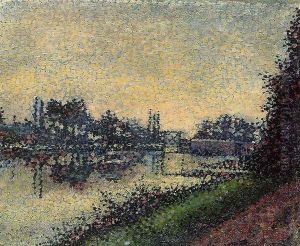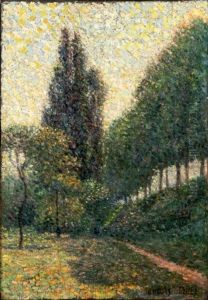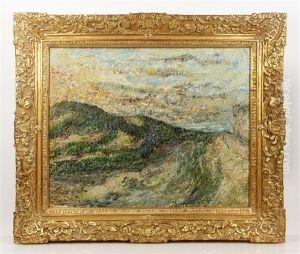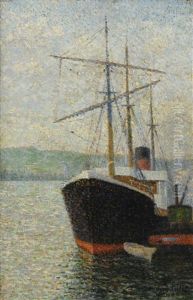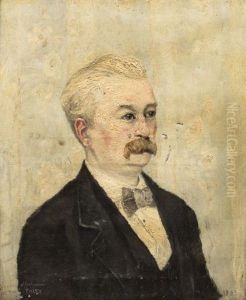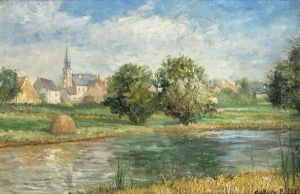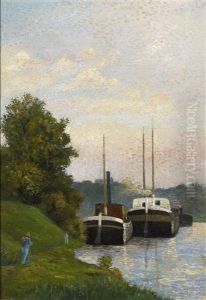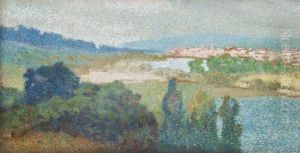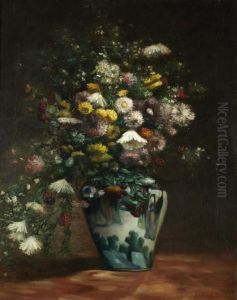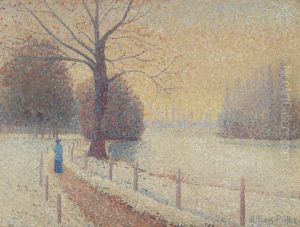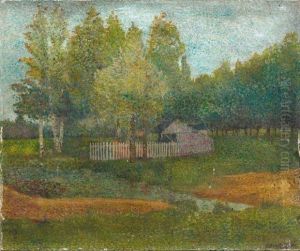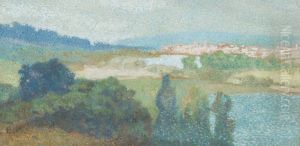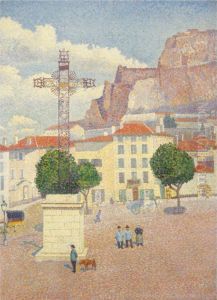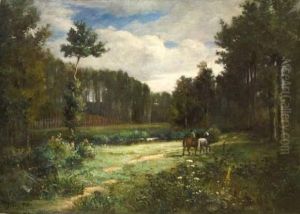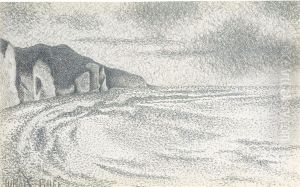Albert Dubois-Pillet Paintings
Albert Dubois-Pillet was a French Neo-Impressionist painter and military officer born on October 28, 1846, in Paris, France. He is recognized for being one of the early adopters of the pointillist technique, which was developed by Georges Seurat, and a founding member of the Société des Artistes Indépendants alongside artists such as Seurat and Paul Signac.
Dubois-Pillet began his career in the military, and it was during his service that he developed an interest in painting. He balanced his dual roles as an officer and an artist throughout his life. His military career took him to various parts of France, and he often painted the landscapes and scenes he encountered during his travels. His artistic endeavors were largely self-taught, though he did take some formal art lessons.
In the early 1880s, Dubois-Pillet's work began to reflect the influence of the Impressionist movement, which was then at its height. However, his approach to painting evolved as he became acquainted with Seurat and was introduced to the technique of divisionism, also known as pointillism. This technique involved the application of small, distinct dots of color applied in patterns to form an image. Dubois-Pillet's adoption of this method marked a significant development in his artistic style and placed him amongst the ranks of the Neo-Impressionists.
Throughout his artistic career, Dubois-Pillet exhibited his works at various salons and exhibitions. In 1884, he became a founding member of the Société des Artistes Indépendants, an association that provided a venue for artists to present their work free from the traditional jury system of the official salons. The society's motto, 'No jury nor awards' (Sans jury ni récompense), reflected its commitment to artistic freedom.
Despite his military obligations, Dubois-Pillet was dedicated to his art and played a significant role in the Neo-Impressionist movement. His works are characterized by their luminous color and meticulous application of the pointillist technique. Unfortunately, his career was cut short when he died from an illness on August 18, 1890, at the age of 43.
Today, Albert Dubois-Pillet's works can be found in various museums and collections, and he is remembered for his contributions to the development of Neo-Impressionism. His art continues to be appreciated for its technical precision and its representation of the innovative artistic movements of late 19th-century France.
